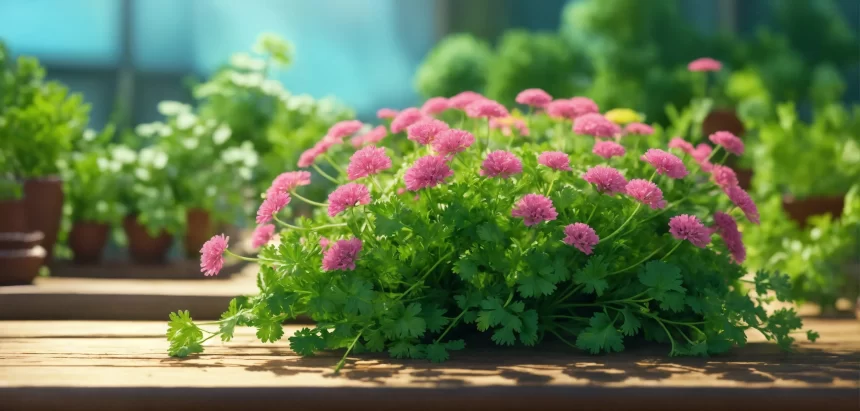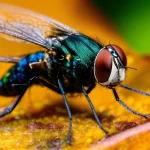Dill is an incredibly versatile herb that every gardener should grow. It’s feathery leaves and aromatic seeds flavor many dishes around the world. And dill attracts beneficial insects while repelling pests.
But did you know that interplanting dill with certain companion plants can maximize it’s growth, flavor and pest resistance? This guide covers everything you need to know about the best companion plants for dill.
Why Grow Companion Plants for Dill?
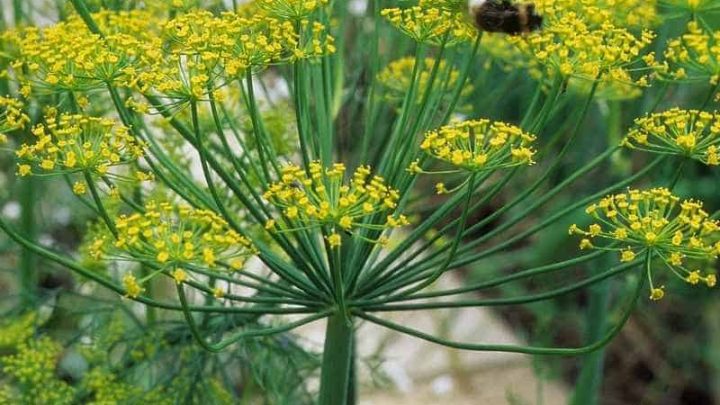
Companion planting is the practice of strategically placing different plants next to each other in a garden bed or container.
Certain plants form helpful relationships when grown together, as they may:
- Deter garden pests from attacking each other
- Attract beneficial predators that eat pests
- Enhance flavor by cross-pollinating
- Improve soil nutrition through their roots
- Provide physical support to climbing plants
- Protect more delicate plants with shade
By selecting suitable companion plants, you can create an organic pest control system. This interplanting gives dill added protection. And the herbs will taste better with enhanced flavor profiles from nearby plants.
Companion planting is an easy, low-cost way to boost your dill’s growth and taste without chemicals. Read on to learn which plants make the best companions.
Best Herb Companions for Dill
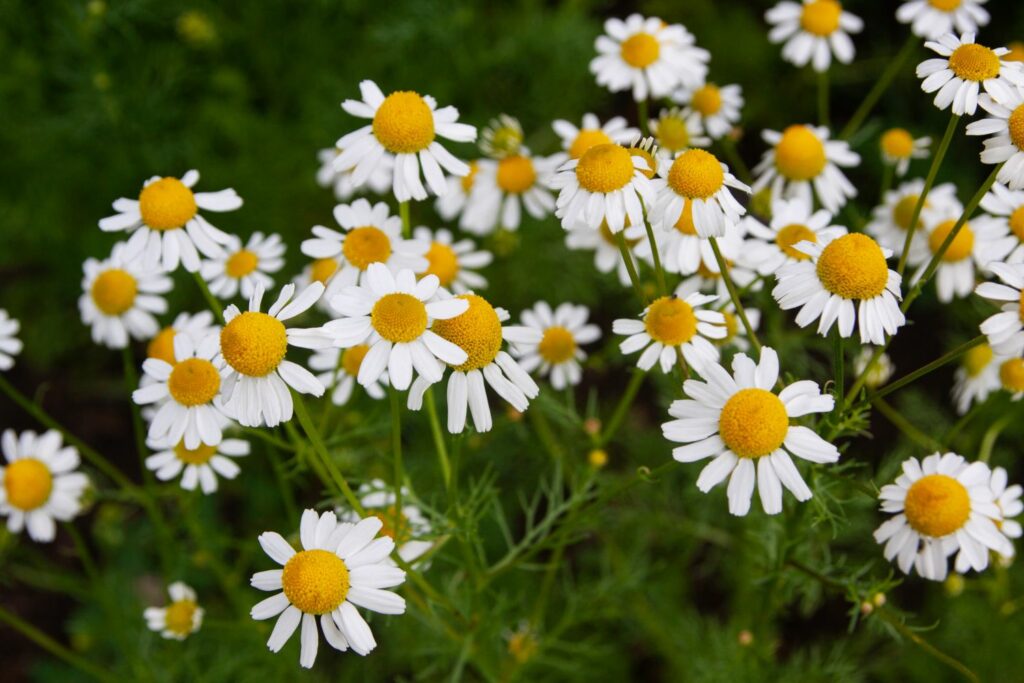
Herbs often grow well with other herbs nearby. Here are some excellent herb companions to grow with dill:
1. Cilantro
Cilantro and dill help each other grow better and fight off bugs and diseases. Dill also gives cilantro shade, so you can pick cilantro for a longer time in the summer.
2. Chamomile
Pretty chamomile flowers make a lovely edging plant along dill rows. These herbs improve each other’s growth and flavor.
Chamomile tea is even traditionally made with dill leaves or seeds added. So you’ll have all the ingredients ready to hand!
3. Chervil
Chervil has leaves that look like dill and tastes similar too. Planting it under tall dill gives it shade in the summer, so it lasts longer. Both herbs have long roots that bring up food from deep in the ground.
4. Parsley
Parsley and dill are old friends in the garden. They die at different times, so you can always have one to pick. Curly parsley looks nice under and around dill plants. Flat parsley grows taller and fills in spaces between dill. Parsley also keeps away a bad bug that makes tunnels in dill roots.
5. Oregano & Marjoram
These herbs are in the mint family and like the same things as dill. Plant them under dill to stop weeds from growing. They have different heights and shapes, so they look nice together. Their strong smell also hides dill’s smell from bugs that might hurt it.
6. Lovage
Lovage is related to parsley and has leaves and flowers like dill, but bigger. Plant it in the back of the garden to help hold up dill plants when it’s windy. Bugs get confused by their similar smells, so lovage helps keep pests away from dill.
Best Vegetables & Flowers to Grow with Dill
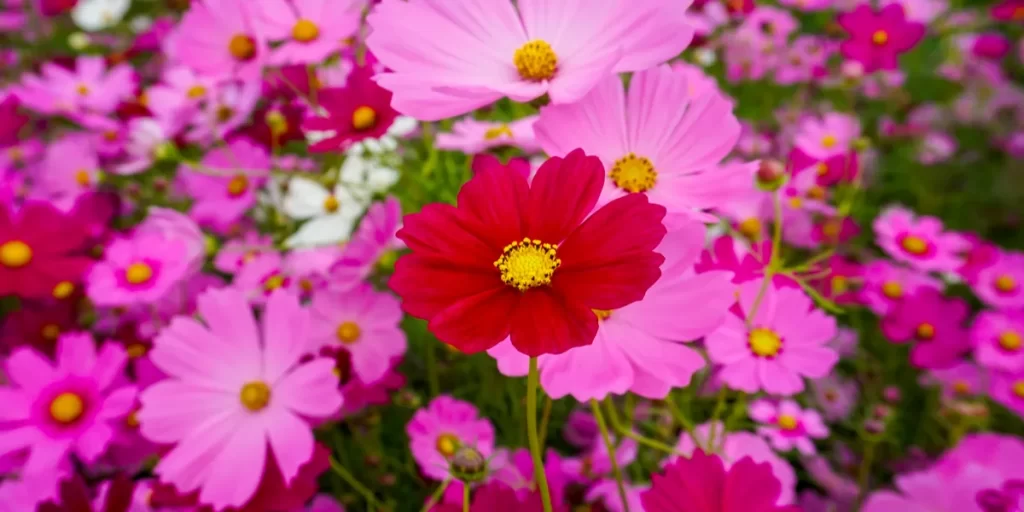
Beyond herbs, dill also grows well among selected vegetables and flowers:
7. Asparagus
Perennial asparagus has long roots that don’t compete with dill. So it’s ideal to border dill beds to utilize all the garden space efficiently. The ferny asparagus foliage provides dill seedlings protective cover as they sprout. And tall dill plants don’t block sun from reaching asparagus later on. Furthermore, the strong scented dill repels asparagus beetles, one of the most destructive pests attacking tender spears.
8. Beans & Peas
Pole beans and peas can use tall dill plants as natural trellises as they climb upwards. Meanwhile, bush bean cultivars are equally good companions. Being legumes, all these plants enrich soil with nitrogen. This benefits dill’s heavy feeding requirements.
They also make great spatial use by layering vertically. Beans or peas fill out the understory beneath with dill happily growing above. A few peas and bean plants along a dill row is beneficial. But avoid sowing long rows of legumes beside dills or they may outcompete them.
9. Cabbage Family (Brassicas)
The cabbage family includes kales, cauliflowers, broccoli, brussels sprouts etc. Give each dill plant at least a couple of these companions. Being insect pollinated, the umbrella flowers will cross-pollinate to improve fruiting. Plus, the aromatic compounds each emits through their roots attack the soil fungi that plague brassicas. Alternatively, interplant young brassica transplants between established dill plants. This protects the tender seedlings against cabbage worms, aphids and flea beetles as they establish.
10. Carrots
One of the best-known long term dill companions are carrots. The dill’s tall bushy form shades emerging carrot seedlings from strong sun in summer. In return, the feathery carrot foliage doesn’t block light from reaching dill plants as it spreads out at ground level. Carrots also repel the dreaded carrot root fly that can worm through dill taproots. So they offer protective cover in all growth stages.
11. Corn Salad
Also called mâche or lamb’s lettuce, corn salad is a tasty leafy green. It’s low rosettes fill space beneath and around dill plants, including over winter. Being prone to bolting in summer warmth, corn salad appreciates some shade from taller dill plants. It’s range extends longer into spring before peas and beans sprout. The main benefit is that corn salad suppresses early spring weeds. These would otherwise occupy precious real estate where dill will grow.
12. Cosmos
Cheerful cosmos flowers supply perfect punctuation to garden beds filled with dill’s tall feathery greenery. Their daisy blooms attract ladybugs while repelling aphids.
Choose medium sized cosmos varieties like Cosmos bipinnatus that reach 1-4 ft tall. These won’t overwhelm emerging dill seedlings but fill out the space nicely once mature.
The airy cosmos foliage also provides dill with backup structural support. So they hold each other up against wind and rain.
13. Fennel
Dill and Florence fennel are no brainer companions, thanks to their shared ancestry and growing needs. In fact, many insects struggle to tell these relatives apart! So they help hide each other from pests.
Plus, cross-pollination between their umbrella flowers improves fruit and seed production. Both plants have attractive fine foliage and tall stalks. Fennel bushier tops contrast beautifully with dill’s tall wispy stems.
14. Lettuce
Lettuces are classic companion plants under dill, protecting them from hot summer sun.
The tall dill canopy provides cooling shade. So lettuces and other salad leaves like spinach or arugula grow lusher and last longer before bolting.
In return, lettuces act as living mulch around dill stems. Their dense leaves suppress competing weeds while retaining soil moisture.
For easy picking, grow cut-and-come-again lettuce varieties through winter and spring under young dill plants.
15. Onions & Garlic
Onions, garlic, leeks and other alliums make excellent dill companions in garden beds. Their vertical layers utilize space efficiently while deterring pests.
Being insect pollinated, dill may improve allium crops planted within a couple feet radius.
Underground, shallow allium roots don’t compete with dill’s long taproot for water and nutrients.
And the strong scented allium foliage disguises and overwhelms the scent path for insects to locate dill’s flowers or carrot-like leaves.
16. Early Potatoes
Early crop potatoes can be planted near dill plants with their harvests timed before the long summer days trigger dill flowering.
The potato bushes shelter young dill plants against sun or wind similar to lettuces. Then the dill takes over as it shoots up in height later on.
Both plants also enhance the flavor of each other subtly when grown side by side. Dill contains special oils that keep potato tubers firm and fresh longer in storage too.
17. Spinach
Spinach and dill interplanted together take up little space yet yield two crops. Fast growing spinach fills out the soil before dill establishes.
In summer, the dense dill canopy provides cooling shade so spinach lasts longer before bolting in hot weather.
Interestingly, spinach also supports dill’s growth. Being a heavy feeder, spinach leaves contain four times the iron and calcium required by dill plants.
18. Swiss Chard
Ornamental chard is another excellent foliage filler beneath tall dill plants. It’s crinkled leaves contrast beautifully with dill’s fine, feathery texture.
And colorful chard stems supply garden interest long after dill plants fade post flowering.
Both veggies share similar soil nutrient needs but their roots grow different depths. So they don’t compete for space or food.
19. Early Spring Bulbs
Plant fast fading spring bulb flowers like tulips, hyacinths or alliums to occupy space before dill germinates. Combine different varieties for continuous color.
The fresh summer green of newly sprouted dill seedlings will beautifully offset the dying bulb foliage. Plus, the bulbs feed soil nutrients to benefit dill growth.
Just remove spent bulb flowers promptly after blooming finishes. This prevents unwanted self-seeding near young dill plants later on.
Companions to Avoid Growing beside Dill
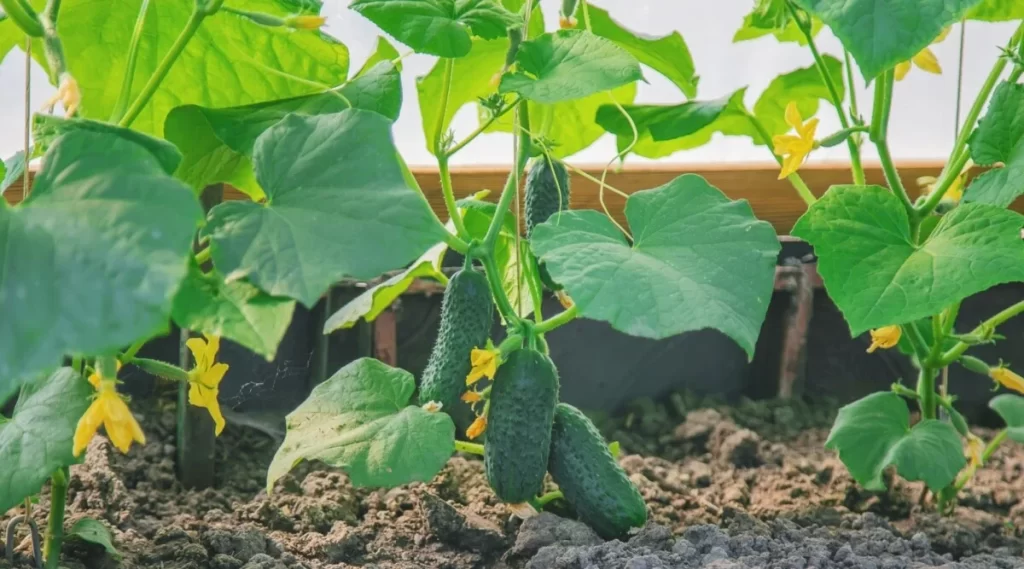
When companion planting, it’s also important to know which plants don’t make good bed fellows with dill:
- Cucumbers
- Broccoli
- Tomatoes
- Parsnips
- Caraway
All these plants belong to Apiaceae, the same family as dill. They occupy similar ecological niches so compete for nutrients, water and root space.
Their related flowering times may also cross-pollinate to produce odd hybridized offspring. So keep Apiaceae relatives in separate garden beds.
Certain other plants also inhibit dill’s growth through natural chemical interactions between roots or foliage:
- Basil
- Peppers
- Eggplants
Plant enough of these to meet kitchen needs but avoid placing beside dill beds.
Companion Planting Dill Guide
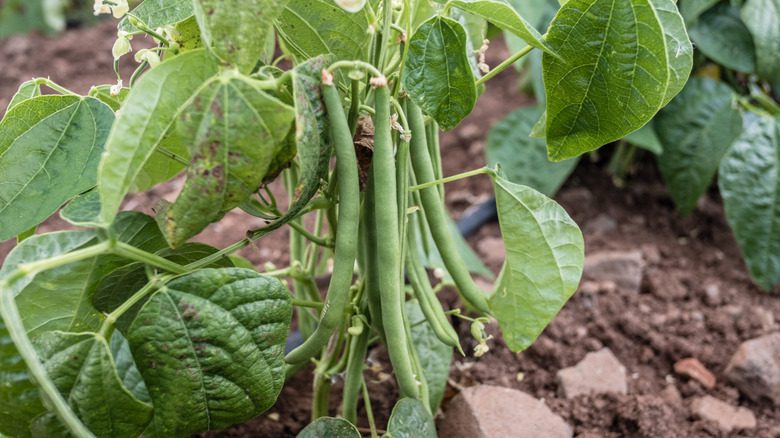
Follow this simple ABC guide when planning dill companion selections:
“A” Plants for Above ground
Choose climbing vines and trellising vegetables to grow up and through dill stems:
- Pole beans
- Peas
- Cucumbers
Shade lovers also appreciate the dill canopy when interplanted below:
- Lettuce
- Spinach
- Asian greens
“B” Plants for Beside ground
Place these bedfellows with bushy foliage around dill as understory supporters:
- Bush beans
- Carrots
- Beets
- Onions/garlic/leeks
Or use low carpeters to fill bare areas around dill:
- Chamomile
- Corn salad
- Creeping thyme
“C” Plants for Color
Add interest and attract beneficial insects with these flowering companions:
- Cosmos
- Marigolds
- Nasturtiums
- Zinnias
Preventing Dill Pests and Diseases
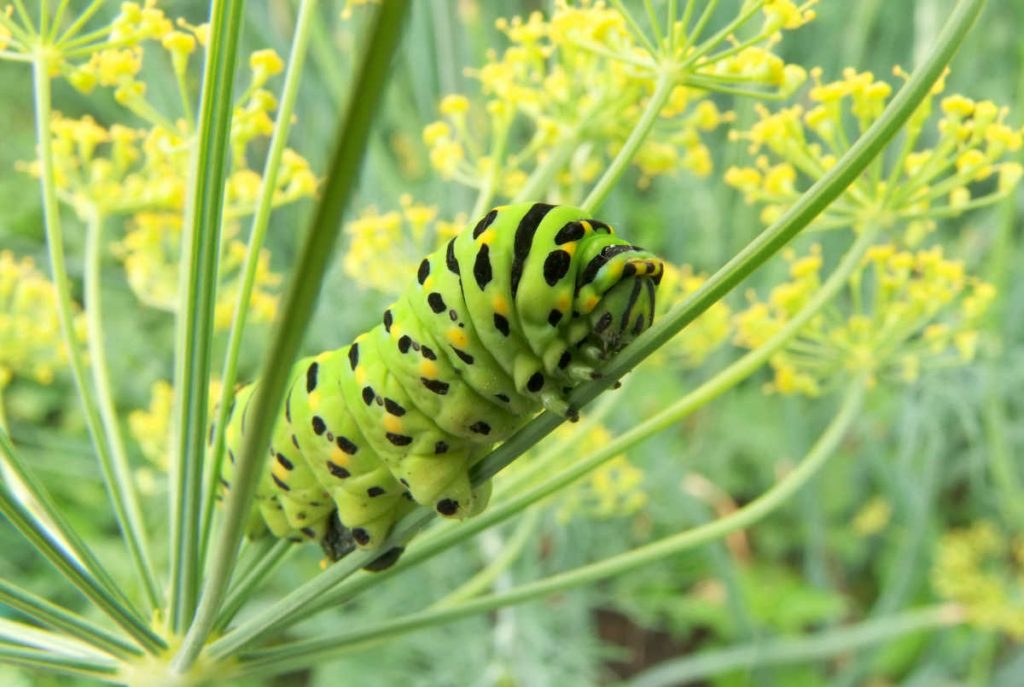
Like all plants, dill can sometimes be affected by various pests and diseases. Having the right companion plants helps repel and control many issues. But it’s wise to know how to identify and treat any problems that arise.
Some common dill afflictions include:
Pests
Aphids – Tiny sap-sucking insects cluster on leaves and stems. They secrete sticky honeydew that attracts ants and mold. Blast off with water or use insecticidal soap sprays. Ladybugs and lacewings will devour these pests.
Spider mites – Tiny red or yellow spiders colonize underside of leaves. They cause stippling damage and fine webs. Knock off with a strong jet of water. Release predatory mites or spray neem oil for heavy infestations.
Cabbage worms – Velvety green caterpillars eat lacy holes in dill foliage. Hand pick off plants and use Bacillus thuringiensis (BT) treatment or spinosad for heavy damage.
Carrot rust flies – Small white maggots burrow into taproots to feed. Cover young plants with fabric row covers to exclude the adult flies. Fast harvest reduces exposure.
Diseases
Leaf spot – Dark lesions mar leaves with yellowing halos. Improve airflow and avoid wetting foliage when watering to reduce spread. Apply chamomile spray weekly to prevent infection.
Fungal rot – Grey mold causes stem base rotting and wilt. Discard affected plants promptly and space/prune for airflow. Mix a baking soda solution to alkalize soil.
Root nematodes – Microscopic roundworms on roots hinder water/nutrient uptake causing stunted plants. Solarize soil to kill nematodes before sowing seed. Avoid planting brassicas in the same place for a few years.
Check dill and companions regularly for signs of problems. Remove and destroy badly infested plants. Using safe organic sprays and beneficial insects provides good pest control when caught early. Pay attention to crop rotation and soil health to prevent diseases recurring. With close observation and integrated care, your dill will stay lush and thriving!
FAQs
You can sow dill seeds directly in the garden or start indoors. Plant seeds 1⁄4 inch deep in loose soil, spacing about 8-12 inches apart. To prolong harvests, make small sowings every 3-4 weeks from early spring through mid-summer.
Dill thrives best in full sun. Provide at least 6 hours of direct sunlight daily for the highest yields. Filtered light through companion plants is beneficial but avoid dense shade which causes spindly weak growth unable to remain upright.
Dill seeds need warm soil to sprout well. They also have short viability. Buying fresh seeds every 1-2 years gives better results. Pre-soaking seeds 8-12 hours before planting also improves germination rates significantly.
It’s not strictly necessary but pinching off some blooms can redirect the plant’s energy towards more leafy growth. However leaving flowers and going to seed prolongs the harvest. The seed heads and aromatic seeds are useful too for culinary recipes.
Lacy, thin foliage can indicate environmental stress, commonly insufficient water. Dill has a long taproot and high water needs, especially when actively growing. Drooping, curled leaves are the first sign to give them a good soak. Applying mulch also helps conserve soil moisture between waterings.
Final Thoughts
Adding companion plants that benefit dill takes it’s cultivation to the next level beyond simply sowing seeds. By mimicking natural plant communities, companions help create an ecosystem with sustainable checks and balances. The result is large, robust dill plants that deter pests organically.
This guide covers all the top companion options to mix and match with dill in your garden beds, containers and soil boundaries. Herbs, flowers, vegetables and clever spatial arrangements all have their roles to play. Follow the tips laid out here for ongoing dill and companion plant success.
While specific companions feature in this article, don’t be afraid to experiment with other varieties too. See what nature allows to thrive alongside dill in your microclimate and soil. The plants will let you know if they make pleasing bedfellows.
Companion gardening with dill offers many rewards. Enjoy boosted harvests for your kitchen with that magical flavor and zest unique to home grown herbs. Share the bounty with friends or preserve in oils, vinegars and butters so you can savor that fresh taste all year round.


